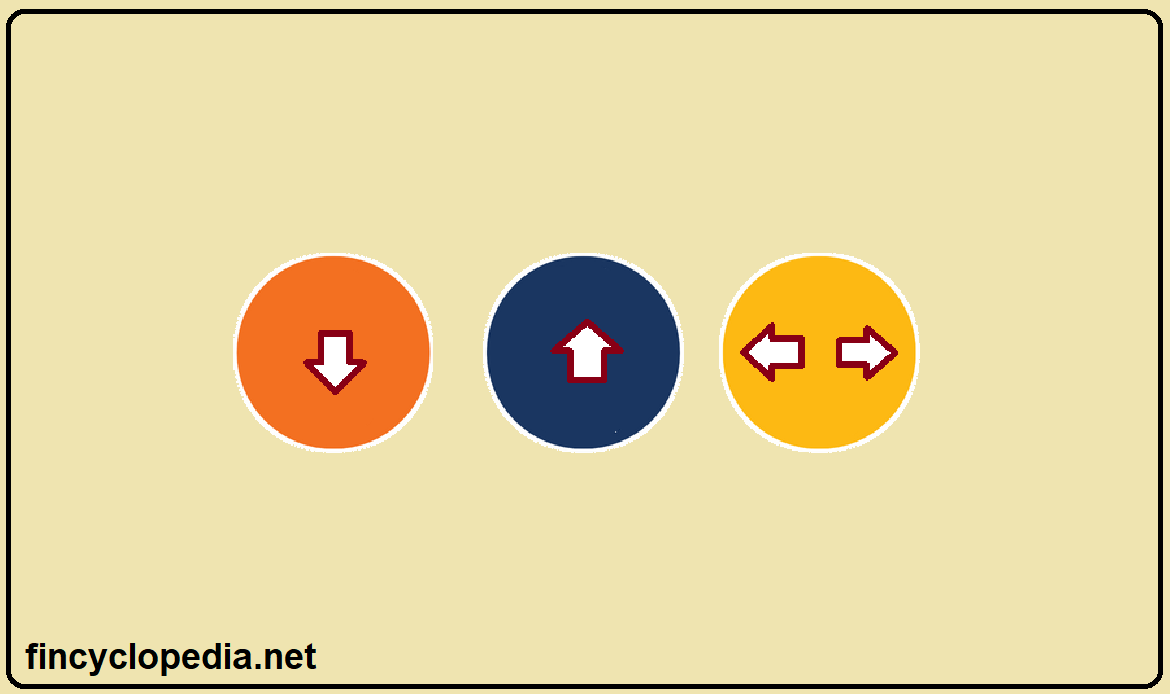A transaction that involves a business selling a part of itself such as certain operations, a division, a business unit, a subsidiary or select assets. A curve-out transaction, or simply a carve-out, is the separation, spin-off or sale of parts of a company, usually for the purpose of creating a legally independent entity.
In practice, a specific business unit is “separated” from a company as part of an M&A transaction – including all its accounting data, finances, staff, and other economic resources. A carve-out refers to the partial divestiture of a business unit, or similar structure, in which a parent company usually sells a minority interest of a subsidiary to investors.
Carve-outs frequently take place when companies seek to divest a non-core part (non-core assets) of their business and use the equity, freed up, for other purposes. However, carve-outs may send negative or unintended signals to the market: potential buyers may perceive carve-outs as carrying higher risks than other types of deals, particularly standalone deals.
The process of carving out is not simple and easy. An entity needs to identify a non-core business element that is suitable for a carve-out. Separation of such an element, particularly if not in clear-cut virtual form, can be carried out through formation of a subsidiary. Consequently, the subsidiary can be sold through an arrangement such as an initial public offering whereby ownership in the subsidiary can be divided into shares, which would be sold to investors. The proceeds of sale would represent a form of equity to the parent company, which can now deploy the new capital to financing core elements of its operations.
Once carving out completes, the carved-out asset becomes a standalone, separate entity with its own capital structure and operations. In which case, it would be required to file its own financial statements. In practical set-up, the carve-out entity would act as an independent entity, and will have its own board of directors. However, the parent company still has certain ownership interest and can still play a role as to controlling or influencing the decision making process at that entity.





